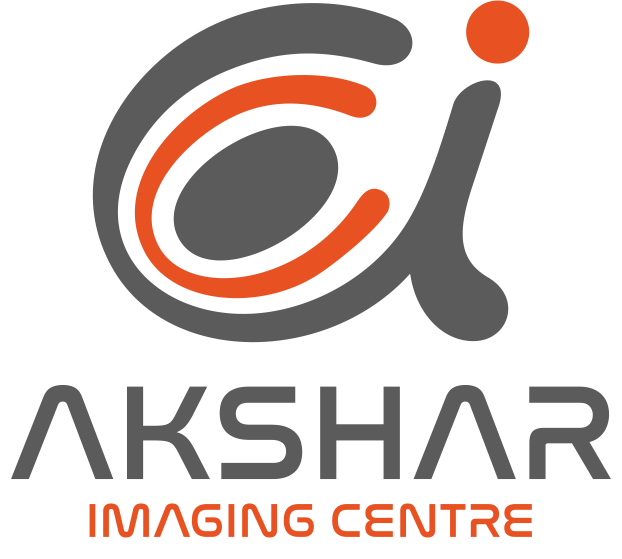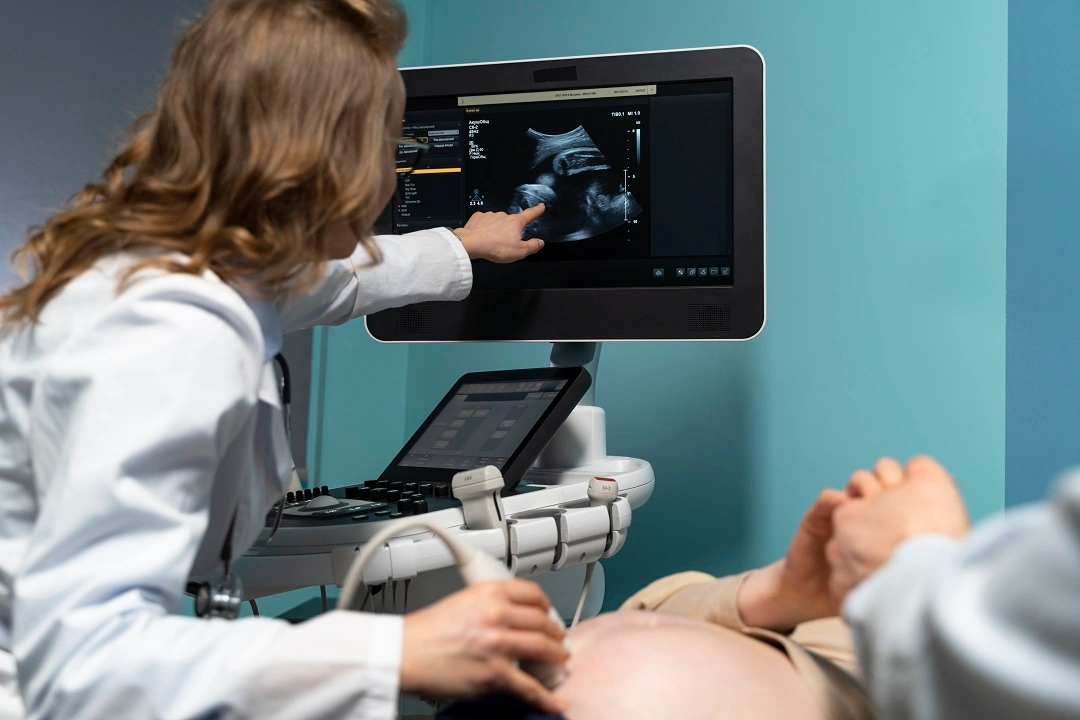
Introduction:
Ultrasound (USG) Whole Abdomen imaging plays a crucial role in modern medical diagnostics, offering non-invasive insights into the abdominal region. This article explores the fundamentals of USG Whole Abdomen scans, their significance in healthcare, and addresses common questions surrounding this diagnostic procedure.
What is USG Whole Abdomen?
USG Whole Abdomen involves the use of high-frequency sound waves to create images of structures within the abdominal cavity, including the liver, gallbladder, pancreas, kidneys, spleen, and intestines. Unlike CT scans or MRI, which use radiation or magnets, ultrasound is safe and does not involve ionizing radiation, making it suitable for repeated use without health risks.
Are There Any Types of USG?
Ultrasound scans come in various types, each designed to investigate specific areas of the body for diagnostic purposes. Apart from Whole Abdomen scans, here are the different types:
- Cardiac Ultrasound (Echocardiogram): Assesses the structure and function of the heart, including valves and chambers, helping to diagnose heart conditions.
- Thyroid Ultrasound: Evaluates the thyroid gland for nodules, enlargement, or other abnormalities that may affect thyroid function.
- Musculoskeletal Ultrasound: Diagnoses conditions affecting muscles, tendons, ligaments, joints, and soft tissues, aiding in sports medicine and orthopedics.
- Gallbladder Ultrasound: Specifically targets the gallbladder and bile ducts to diagnose issues like gallstones or inflammation.
- Renal Ultrasound: Focuses on the kidneys and urinary tract, assessing for conditions like stones or abnormalities.
- Liver Ultrasound: Concentrates on the liver and bile ducts, aiding in the detection of liver diseases or gallstones.
- Pelvic Ultrasound: Examines the reproductive organs, such as the uterus and ovaries in women, and the prostate in men.
- Vascular Ultrasound: Examines blood flow and detects blockages or narrowing in blood vessels throughout the body, helping to diagnose vascular conditions.
- Pregnancy USG: Monitors fetal development during pregnancy, assessing fetal growth, anatomy, and placental health, ensuring the well-being of both mother and baby.
- Doppler USG: Uses Doppler technology to assess blood flow in various organs and blood vessels, detecting abnormalities such as blockages or narrowing, crucial in diagnosing vascular and cardiovascular conditions.
How Does USG Whole Abdomen Work?
During a USG Whole Abdomen scan, a transducer emits sound waves into the abdominal area. These waves bounce off internal organs and tissues, producing echoes that the transducer picks up and sends to a computer. The computer then constructs real-time images that healthcare providers interpret to assess organ size, structure, blood flow, and detect abnormalities such as tumors, stones, or cysts.
Why Might Someone Need a USG Whole Abdomen Scan?
Physicians may recommend a USG Whole Abdomen scan to investigate symptoms like abdominal pain, bloating, nausea, or abnormal blood tests. It aids in diagnosing conditions such as liver disease, gallstones, kidney stones, pancreatic inflammation, and abdominal masses, guiding treatment decisions and monitoring disease progression.
Preparation for a USG Whole Abdomen Scan
Preparation typically includes fasting for several hours before the scan to improve image clarity by reducing gas and digestive contents in the abdomen. Patients may be instructed to avoid eating or drinking for a specified period and to wear comfortable clothing.
What Happens During a USG Whole Abdomen Scan?
Upon arrival, a sonographer explains the procedure and positions the patient lying on their back. A water-based gel is applied to the abdomen to facilitate the transmission of sound waves. The sonographer moves the transducer over the abdomen, capturing images from various angles. The process is painless, though slight pressure from the transducer may be felt.
Benefits of USG Whole Abdomen
USG Whole Abdomen offers several advantages:
- Safety: No exposure to ionizing radiation.
- Non-invasive: No needles or injections required.
- Real-time Imaging: Immediate visualization of organs and structures.
- Cost-effective: Generally more affordable than CT scans or MRI.
- Versatility: Suitable for different patient populations, including pregnant women.
FAQs:
Is USG Whole Abdomen check gas in the stomach?
USG Whole Abdomen primarily focuses on imaging internal organs rather than gas in the stomach. However, gas may sometimes be visible as artifacts on the ultrasound images, but it is not the primary target of the scan.
Does Whole Abdomen USG include the uterus?
No, Whole Abdomen USG typically does not include the uterus. Uterus and pelvic structures are examined in a separate pelvic ultrasound, which is specifically designed to assess the reproductive organs in women.
Is USG Whole Abdomen cover prostate?
No, USG Whole Abdomen does not cover the prostate. Prostate ultrasound is a separate procedure designed to evaluate the prostate gland and is commonly performed in men to assess for conditions like enlargement or cancer.
What is the difference between USG Whole Abdomen and other abdominal imaging techniques like CT scans or MRI?
The main difference lies in the imaging modality:
- USG: Uses sound waves; safe, non-invasive, real-time imaging.
- CT scan: Uses X-rays; provides detailed cross-sectional images, useful for bone and soft tissue.
- MRI: Uses strong magnets and radio waves; provides highly detailed images, useful for soft tissues and neurological conditions.
Are there any risks or side effects associated with USG Whole Abdomen scans?
USG is generally safe with no known risks or side effects. It does not use radiation, making it suitable for pregnant women and repeated use.
How should I prepare for a USG Whole Abdomen scan?
Preparation typically includes fasting for 4-6 hours before the scan to ensure a clear view of abdominal organs. Follow instructions provided by the healthcare provider regarding medications and fluids.
Will I feel any discomfort during the USG Whole Abdomen scan?
Most patients experience no discomfort during the procedure. The gel may feel cool and the transducer may cause slight pressure as it moves over the abdomen.
How long does a USG Whole Abdomen scan typically take?
The duration varies but usually lasts between 20 to 45 minutes, depending on the complexity of the examination.
Conclusion:
USG Whole Abdomen scans are invaluable tools for diagnosing and monitoring a wide range of abdominal conditions. Their non-invasive nature, safety, and versatility make them indispensable in modern healthcare. At Akshar Diagnostic Centre, Ahmedabad, we are committed to providing high-quality ultrasound diagnostics, ensuring you receive comprehensive and effective care. Always consult with your healthcare provider for personalized information regarding your health concerns and diagnostic needs.

